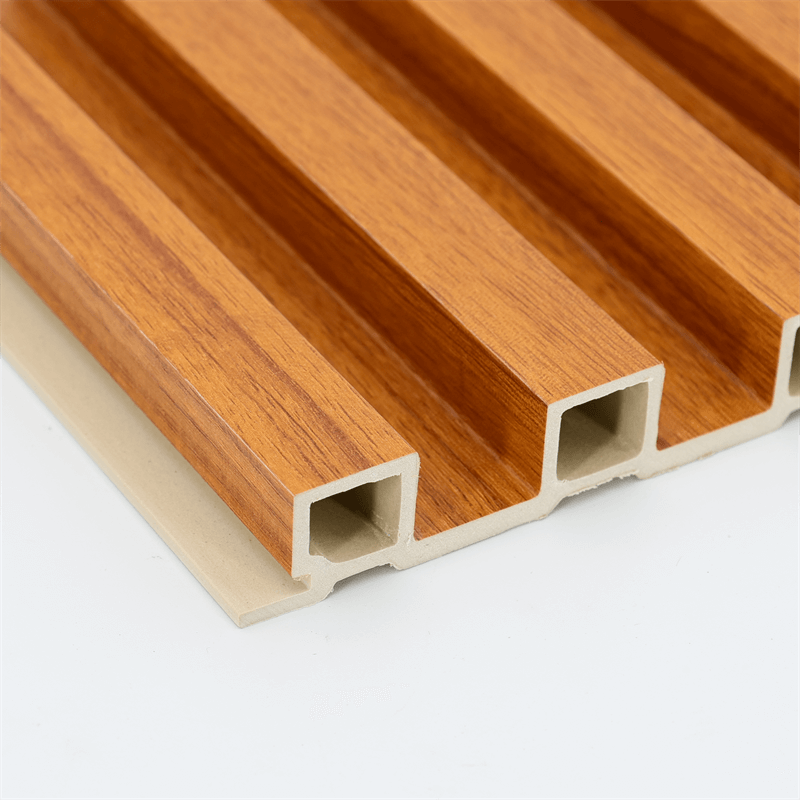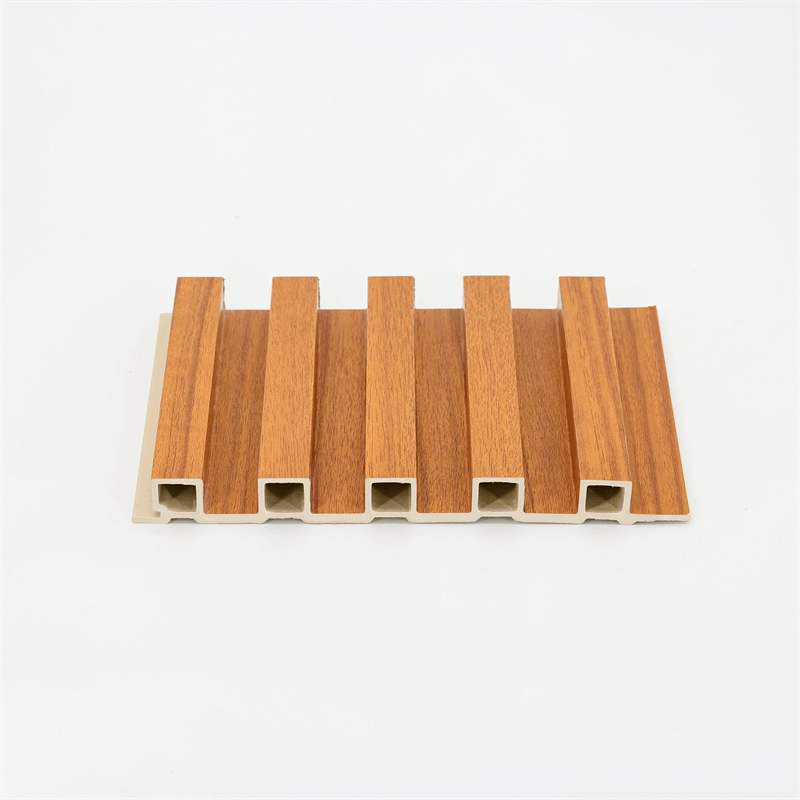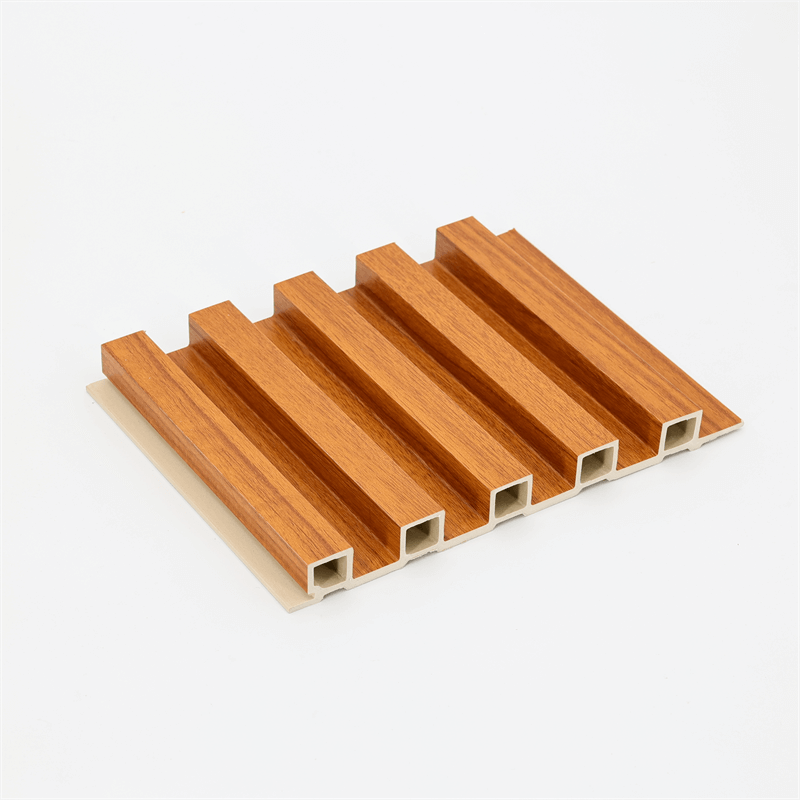In the realm of construction and architecture, exterior cladding materials must possess exceptional weather resistance to ensure the long-term durability and aesthetics of buildings.
Wood-Plastic Composite (WPC) wall panels have gained significant popularity due to their ability to withstand the elements and maintain their structural integrity and visual appeal.
This essay explores the weather resistance capabilities of WPC wall panels, highlighting their advantages, composition, installation, and long-term performance in various weather conditions.
I. Advantages of Weather Resistance in WPC Wall Panels:
Weather resistance is a crucial characteristic of WPC wall panels, providing several advantages for buildings in diverse climates.
This section outlines the benefits of weather-resistant WPC wall panels:
- Enhanced Durability: WPC wall panels are engineered to withstand extreme weather conditions such as heavy rain, high humidity, temperature variations, and intense sunlight. Their ability to resist warping, rotting, and cracking ensures long-term durability, reducing maintenance and replacement costs.
- Fade Resistance: WPC panels are designed to resist fading caused by prolonged exposure to UV rays. This feature helps the panels retain their original color and appearance, maintaining the aesthetic appeal of the building facade.
- Moisture Resistance: Moisture is a common challenge for exterior cladding materials. WPC wall panels have inherent moisture resistance, preventing water absorption that can lead to swelling, decay, or mold growth. Their resistance to moisture ensures the integrity and longevity of the panels.
- Insect and Pest Resistance: Wood-based materials are susceptible to insect infestation. However, the combination of wood fibers and plastic in WPC wall panels makes them unappealing to insects and pests, offering protection against damage caused by termites and other wood-boring insects.
II. Composition and Construction of Weather-Resistant WPC Wall Panels:
Understanding the composition and construction of WPC wall panels is crucial to comprehending their exceptional weather resistance.
This section explores the key elements that contribute to their durability:
- Wood Fibers: WPC wall panels consist of a blend of wood fibers derived from sustainable sources. These fibers provide strength and structural integrity to the panels while adding a natural aesthetic appeal.
- Plastic Component: The plastic component of WPC panels is typically high-density polyethylene (HDPE) or polyvinyl chloride (PVC). This plastic component enhances the moisture resistance and durability of the panels, making them highly resistant to rot, decay, and water damage.
- Additives and Binders: To improve the weather resistance and performance of WPC wall panels, additives and binders are incorporated into the manufacturing process. These additives enhance UV resistance, color stability, and overall strength, ensuring the panels can withstand harsh weather conditions.
III. Installation Considerations for Weather-Resistant WPC Wall Panels:
Proper installation is crucial to maximizing the weather resistance of WPC wall panels. This section highlights key installation considerations:
- Structural Support: A solid and properly designed framework is essential to provide adequate support for WPC wall panels. The structure should be capable of withstanding wind loads and other external forces to maintain the integrity of the panels during extreme weather events.
- Ventilation and Drainage: Proper ventilation and drainage systems are crucial to prevent moisture buildup behind the panels. Adequate airflow and drainage help minimize the risk of water infiltration, which can compromise the weather resistance of the panels.
- Professional Installation: It is recommended to hire experienced professionals for the installation of WPC wall panels. Professional installers have the expertise and knowledge to ensure accurate alignment, secure fastening, and appropriate sealing of the panels, maximizing their weather resistance.
IV. Long-Term Performance and Maintenance of Weather-Resistant WPC Wall Panels:
Weather resistance is not only important in the initial stages but also crucial for the long-term performance of WPC wall panels.
This section discusses maintenance considerations and the durability of WPC panels over time:
- Low Maintenance Requirements: WPC wall panels are known for their low maintenance requirements. Regular cleaning with mild detergent and water is usually sufficient to keep the panels looking pristine. They do not require sealing, staining, or painting, reducing maintenance efforts and costs.
- Longevity and Retained Aesthetics: Properly installed and maintained WPC wall panels can retain their weather-resistant properties and aesthetics for many years. Their resistance to fading, warping, and decay ensures a visually appealing facade that withstands the test of time.
- Periodic Inspections: Regular inspections of WPC wall panels are recommended to identify any potential issues, such as loose fasteners, cracks, or damage caused by extreme weather events. Timely repairs or replacements can help maintain the weather resistance and overall performance of the panels.

Weather-resistant WPC wall panels offer numerous advantages, including enhanced durability, fade resistance, moisture resistance, and protection against insects and pests.
Their composition, construction, and installation considerations contribute to their exceptional performance in various weather conditions.
WPC panels provide long-term durability, reduced maintenance requirements, and retained aesthetics, making them a reliable choice for exterior cladding in buildings.
By incorporating weather-resistant WPC wall panels, architects, builders, and homeowners can create visually appealing and durable structures that withstand the elements and maintain their structural integrity for years to come.


